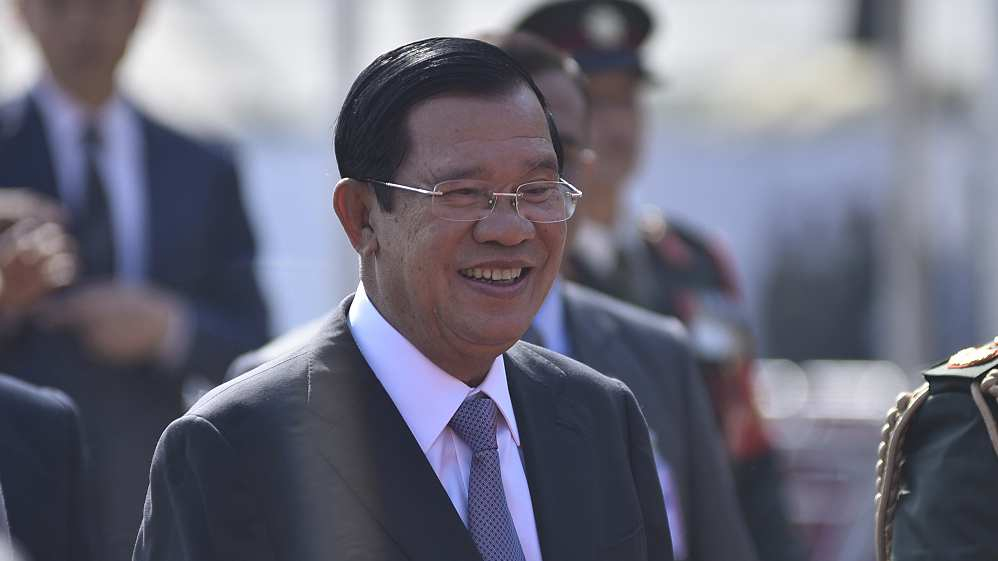Last week, Phnom Penh broke ground for the construction of its third ring road – the latest in a string of projects reflecting the close ties between Cambodia and China.
Estimates put building the 48-kilometer-long thoroughfare in the Cambodian capital at a price tag of 273 million U.S. dollars, with concessional loans by the Chinese government.
"Most of the investment capital for infrastructure development projects here (in Cambodia) is from the People's Republic of China," Cambodian Prime Minister Samdech Techo Hun Sen said at the groundbreaking ceremony.
According to reports from Cambodian media, roughly 70 percent of roads and bridges in Cambodia were funded by China.
At the event, Hun Sen also announced his four-day visit to China, which began on Sunday, with cooperation in trade and investment topping the agenda.
BRI boosts Chinese investment in Cambodia
Ki Mon is a native of northeast Cambodia's Stung Treng Province. The 59-year-old told Xinhua that she, along with many in her community, is happy to pay less for electricity while enjoying more stable power.
This is all thanks to the Lower Sesan ll hydroelectric power station built by China, the largest dam in the Southeast Asian country with a capacity of 400 megawatts. It is also the seventh Chinese-built dam project in the country.
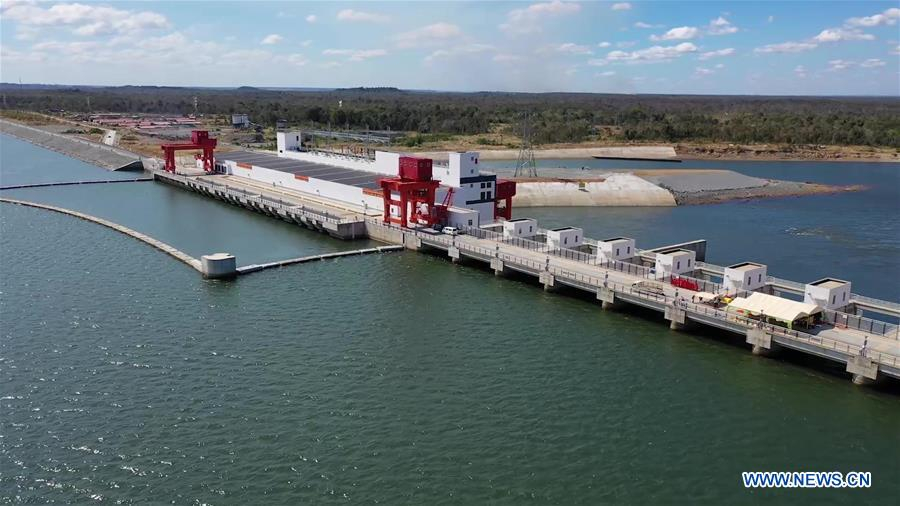
View of the Lower Sesan II hydroelectric power station in Stung Treng province, Cambodia, December 16, 2018. /Xinhua Photo
View of the Lower Sesan II hydroelectric power station in Stung Treng province, Cambodia, December 16, 2018. /Xinhua Photo
The hydropower plant is just one of numerous examples of China-sponsored infrastructure programs in Cambodia. As Cambodian Deputy Prime Minister Hor Namhong has put it, China has provided "countless" assistance to Cambodia on all fronts.
In November 2017, the Cambodian government said it puts the China-proposed Belt and Road Initiative (BRI) as a key development strategy.
Proposed by Chinese President Xi Jinping in 2013, the BRI aims to build an intricate trade and infrastructure network connecting Asia with Europe and Africa and to facilitate the flow of capital, people, goods and ideas.
In 2017, bilateral trade between the two Asian countries was valued at 5.8 billion U.S. dollars, with an annual increase of 26 percent, according to the Cambodian Ministry of Commerce.
The two countries are looking to further step up their trade ties to six billion U.S. dollars in 2020 as China aims to expand its imports from Cambodia. The number was announced in a joint communique during Chinese Premier Li Keqiang's visit to the Southeast Asian country in January 2018.
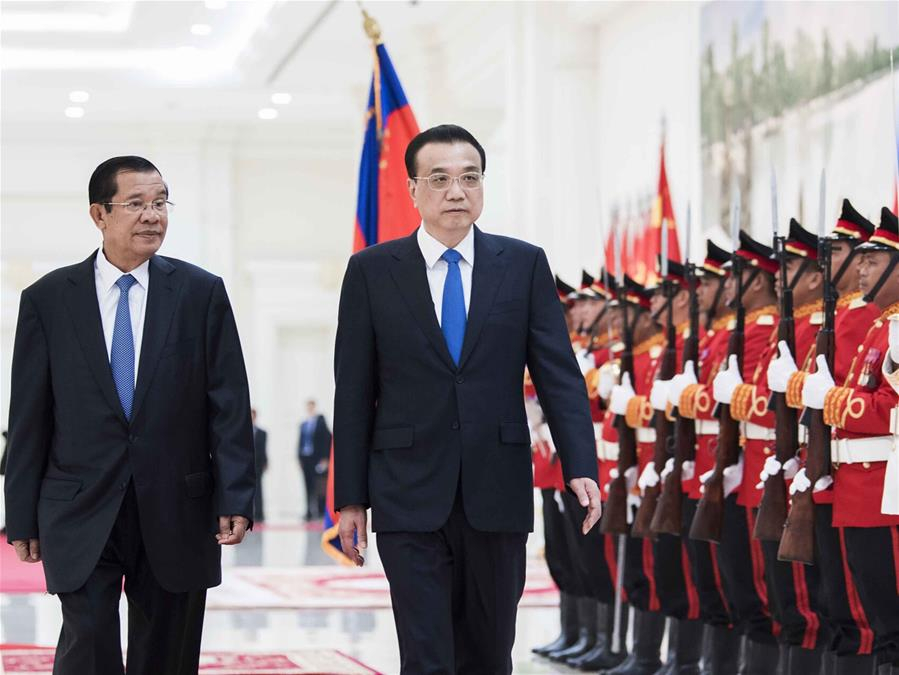
Cambodian Prime Minister Hun Sen (L) holds a welcoming ceremony for Chinese Premier Li Keqiang (R) prior to their talks in Phnom Penh, Cambodia, January 11, 2018. /Xinhua Photo
Cambodian Prime Minister Hun Sen (L) holds a welcoming ceremony for Chinese Premier Li Keqiang (R) prior to their talks in Phnom Penh, Cambodia, January 11, 2018. /Xinhua Photo
The two countries celebrated 60 years of diplomatic ties last year. In an interview with Xinhua to mark the occasion, Deputy Prime Minister Namhong spoke highly of Cambodia's relation with China.
"I would like to express my profound gratitude to the government and people of China for assisting Cambodia in all fields without any strings attached," the official said.
Lancang-Mekong partners on equal footing
Both China and Cambodia are members of the Lancang-Mekong Cooperation (LMC), a sub-regional cooperation mechanism jointly established by six countries that share the same river called "Lancang" in China and "Mekong" in the other five.
Equality, mutual consultation and coordination, inclusiveness and shared benefits are some of the key foundations of the cooperative framework.
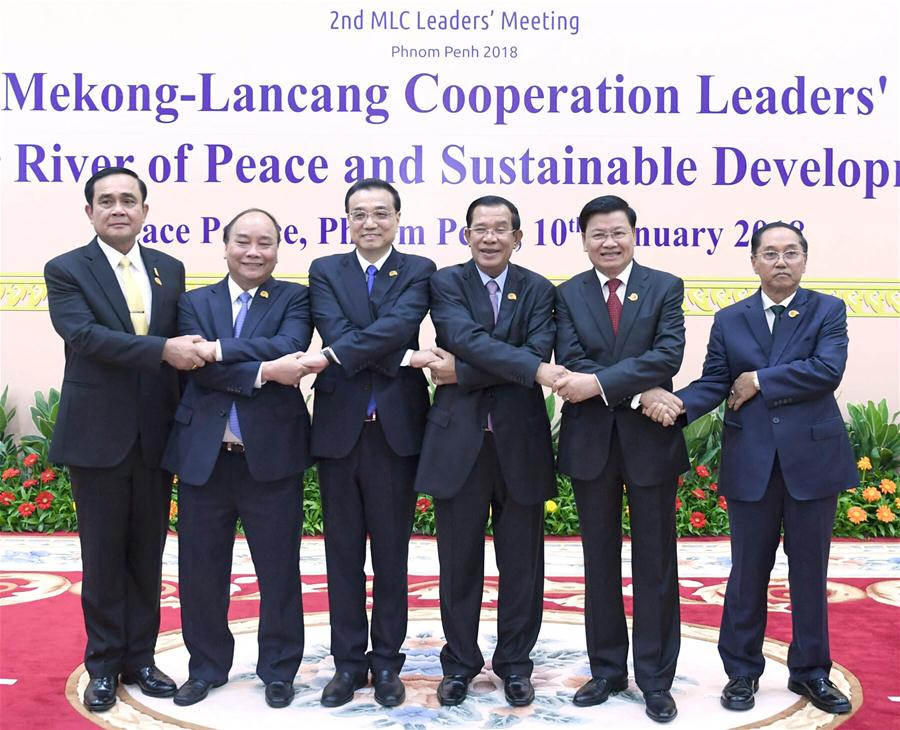
Leaders of the six Lancang-Mekong Cooperation countries pose for photos at the second LMC leaders' meeting in Phnom Penh, Cambodia, January 10, 2018. /VCG Photo
Leaders of the six Lancang-Mekong Cooperation countries pose for photos at the second LMC leaders' meeting in Phnom Penh, Cambodia, January 10, 2018. /VCG Photo
"Equal consultation reflects our belief in the equality of countries regardless of their size, strength, or wealth," Chinese Premier Li said at the second LMC Leaders' Meeting last January.
"We should always consult each other and fully accommodate each other's comfort level in advancing cooperation, rather than attaching any political strings or imposing one's own will upon others."
Chinese State Councilor and Foreign Minister Wang Yi has also expressed hope that the LMC can set an example for regional cooperation and South-South Cooperation.
Govt, public exchanges
President Xi's visit to Cambodia in 2016 helped promote frequent top-level visits between the two sides. But exchanges go beyond officials – people from all walks of life have been ambassadors of their respective countries, with tourism and cultural activities bringing China to Cambodia and vice versa.
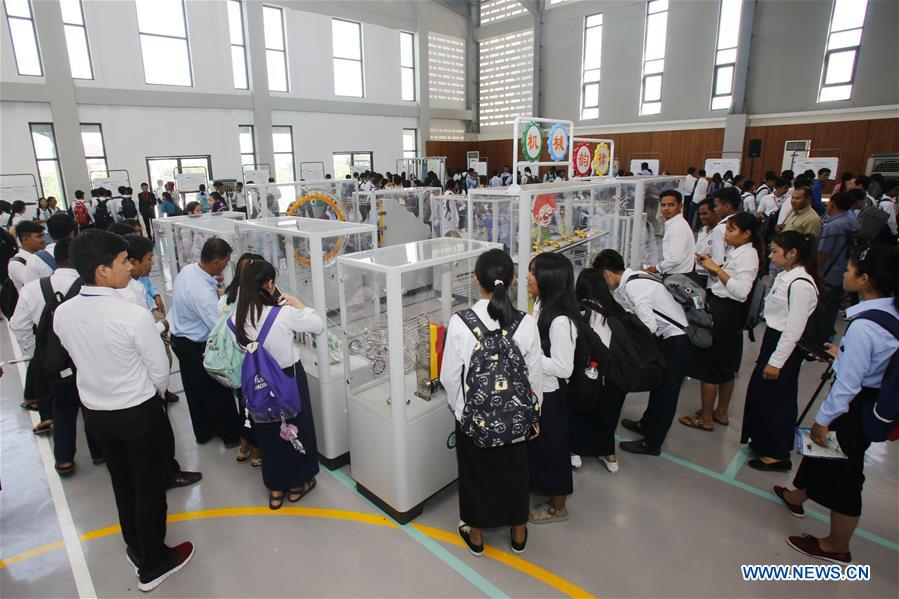
Cambodian students visit a science and technology exhibition launched by a Chinese museum in Phnom Penh, Cambodia on December 13, 2018. /Xinhua Photo
Cambodian students visit a science and technology exhibition launched by a Chinese museum in Phnom Penh, Cambodia on December 13, 2018. /Xinhua Photo
At a sci-tech exhibition launched by the China Science and Technology Museum (CSTM) in Phnom Penh, Yat Lundy, a student at the Royal University of Phnom Penh, told Xinhua that she hopes to understand the technological development of China and apply it in her country.
During the first three months of 2018, more than 1.7 million foreigners entered Cambodia, of whom 85 percent were Chinese. That trend is likely to continue.
Some of the major tourist sites in Cambodia include the Angkor archaeological park, the Preah Vihear Temple, and the Sambor Prei Kuk archaeological sites, all of which are on the UNESCO's World Heritage list.
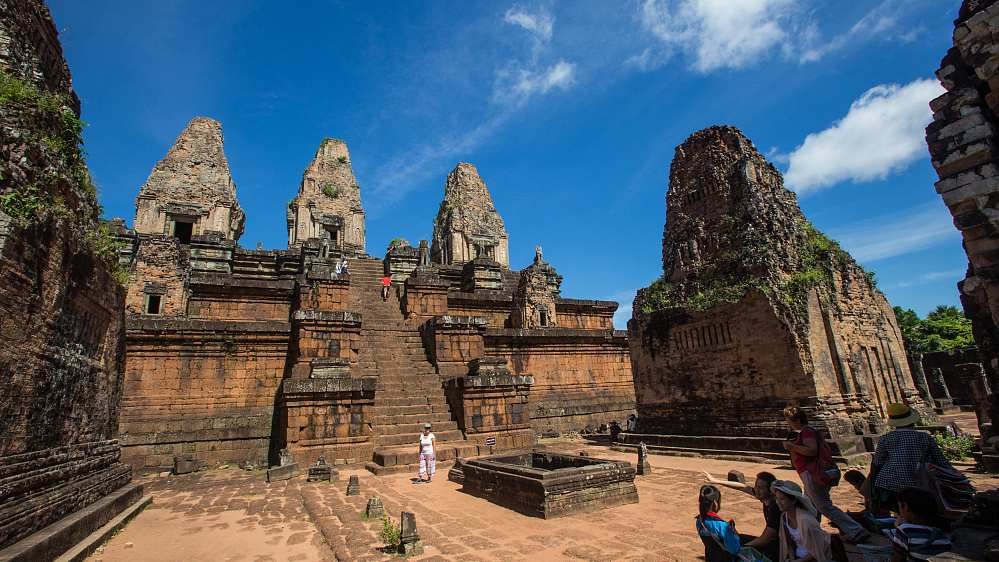
Angkor archaeological park. /VCG Photo
Angkor archaeological park. /VCG Photo
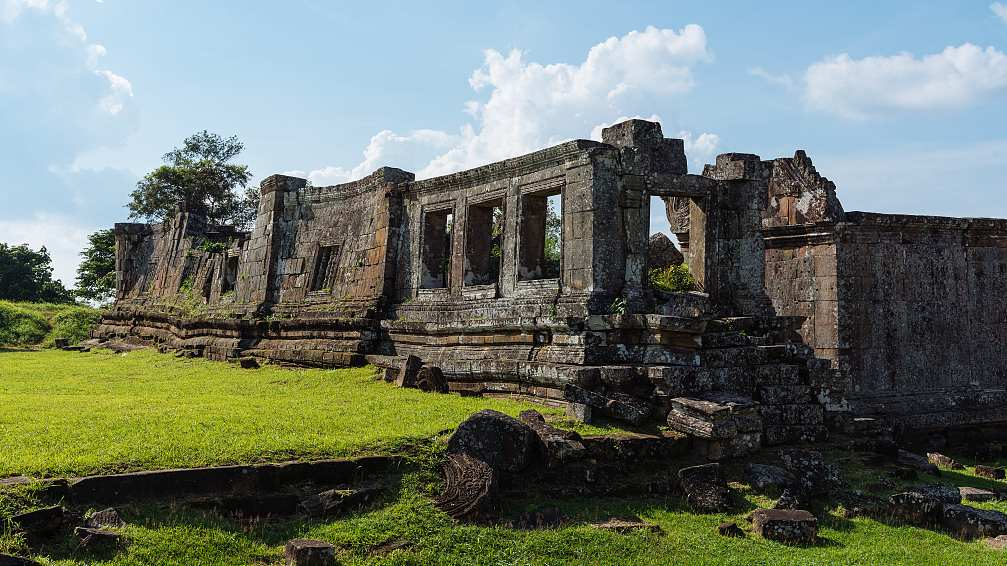
Preah Vihear Temple. /VCG Photo
Preah Vihear Temple. /VCG Photo
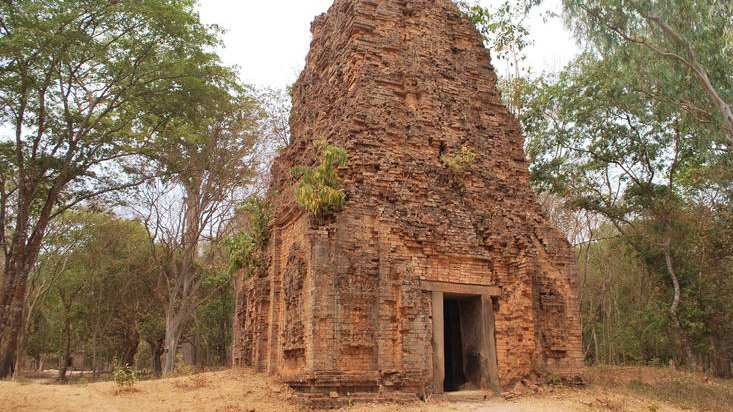
Sambor Prei Kuk archaeological sites. /UNESCO Photo
Sambor Prei Kuk archaeological sites. /UNESCO Photo
Leaders from both countries are calling for more tourism exchanges. According to them, constant people-to-people exchanges can deepen communication and understanding between the two peoples.

